Today, you will find a bunch of insulation materials on the market. This insulation is typically available in bundles or rolls.
Speaking of weight per insulation roll, how heavy exactly is a roll of insulation?
After thorough research, we've found the answer to this query, which you'll see below.
The answer will always depend on many factors, like the type of materials, thickness, roll length, and more. However, the average weight of roll insulation can be around 11-14 kilograms or 30 pounds.
Stay with us! We will discuss the materials that consist of a roll type of insulation. We will also cover your home's average installation cost per location or square footage. Without further ado, let's get to it!
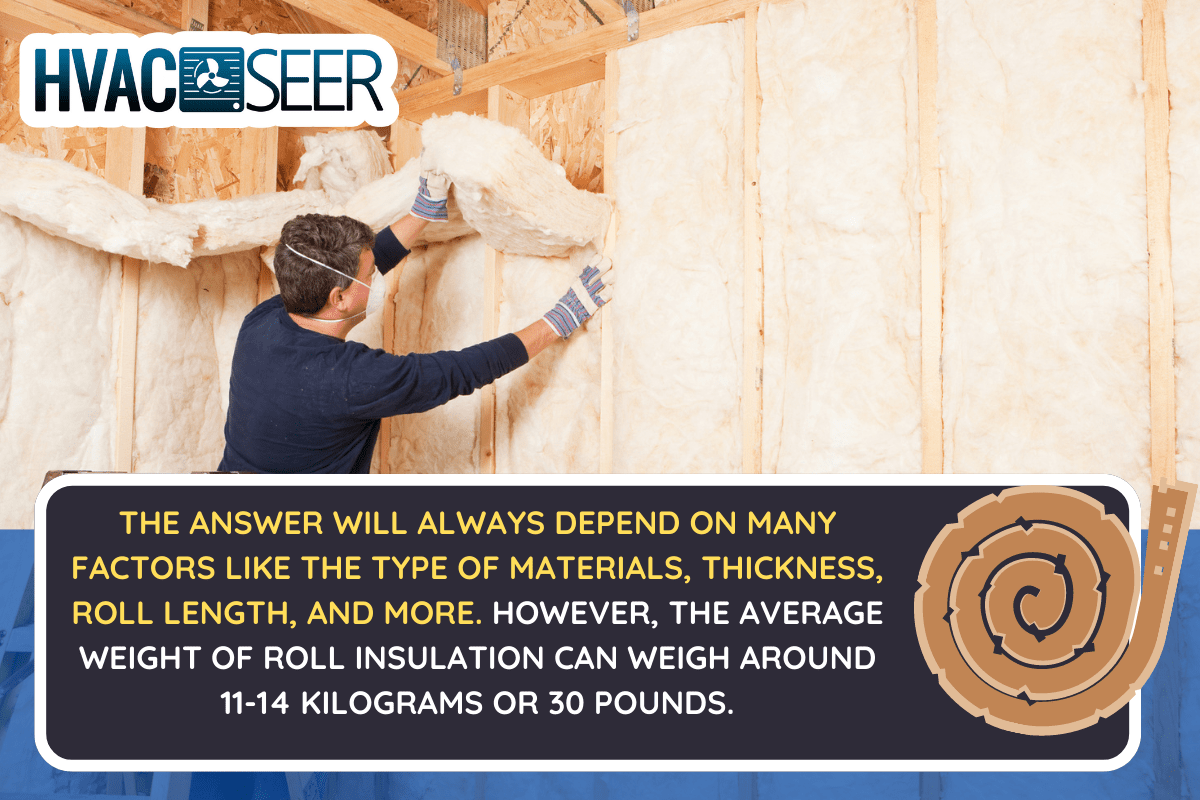
What Is Roll Insulation [And How It Differs From Batt Insulation]?
Rolls are just more extended versions of batts, which are fiberglass insulation sheets already precut into batts. Both are suitable for challenging setups because they easily slip into gaps between the frames.
They help regulate temperatures and acoustics and save money on your electricity consumption. These insulation methods can work anywhere, from your floor to your attic.
You'll frequently see these insulations in most construction or project sites.
What Type Of Materials Do Batt And Roll Insulation Use?
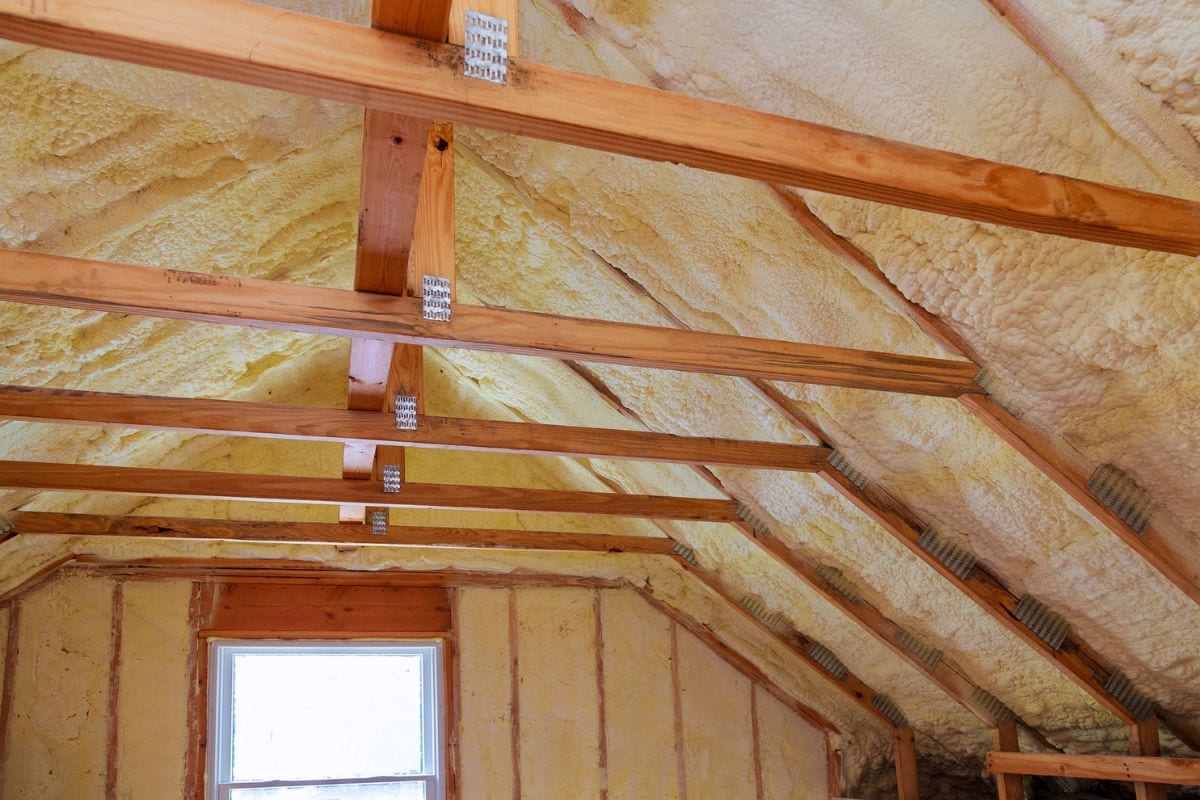
Nowadays, manufacturers use various materials to produce batt and roll insulation products.
Insulation, such as rolls or batts, is the most popular and widely accessible variety.
Flexible fibers, most frequently fiberglass, make up this material. Natural fibers like cotton and sheep's wool are also available in batts and rolls, plastic fibers, mineral rock, and slag wool.
What Length And R-value Are Best For Your Type Of Insulation?
Determining the ideal length and R-value you'll need will decide how effective your insulation is.
Using an improper length size or R-value increases the risk of issues you will face in the long run.
Two-inch by four-inch walls can use R-13 or R-15 batts, while two-inch by six-inch walls can use R-19 or R-21 products. These lengths of batts and rolls are best for standard spacing of wall framing, attic rafters, and floor joists.
Excessively long rolls can be hand-cut and trimmed to match your project's specific size demand.
How Many Rolls Of Insulation Do I Need For 1,000 Square Feet?
Some factors can influence the amount of roll insulation you might need insulating 1,000 square feet of space. The primary factor is the R-value of your location and the size of each roll.
Based on the local climate, the R-value determines how much insulation you need per square foot in your area. It stands to reason that some areas require more insulation than others as they experience colder temperatures.
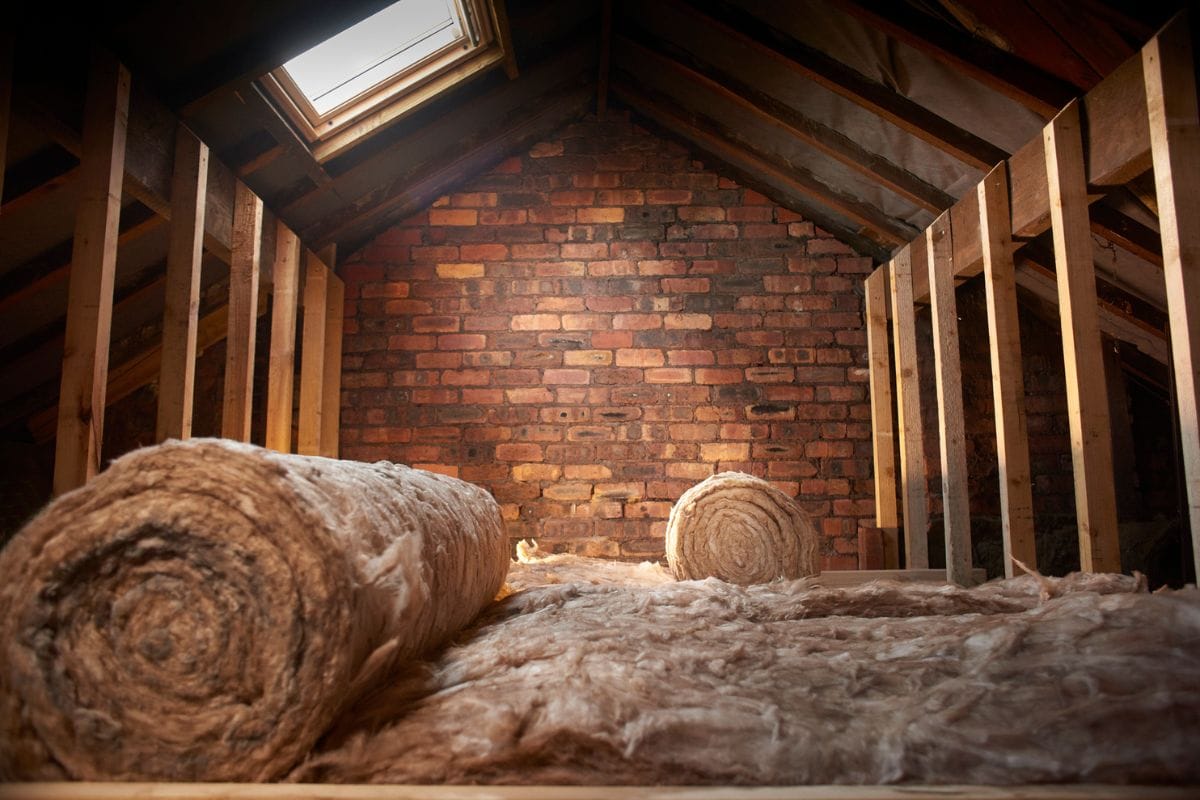
Thus, checking the R-value before insulating your property will help determine how many rolls exactly you need.
If a roll of insulation spans 100 feet, you would need ten rolls to insulate 1,000 feet.
How Heavy Is A Bundle Of Insulation?
A bag of batt type of insulation often measures significantly more than a roll of insulation. This becomes vital when evaluating the price per square foot in your project.
A bundle is what people refer to as multiple bags bound together, and it comprises four or five bound bags.
Since this bundle uses wire to compress them, it can weigh up to 40 pounds. This simplifies handling, storing, and transporting it to your project site.
How Much Is The Average Cost To Install A Roll Of Insulation?
Figuring out your possible expenses in terms of installing roll insulation can be a bit tricky. It involves your overall project size and the R-value of each material you buy.
Nonetheless, the average installation cost is between $0.80-$2.60 per square footage. In addition, its labor cost ranges from $0.50-$1.30 per square foot.
For instance, an insulation roll will cost you $20-$90 and can cover a 4 -75 square feet size project.
See this Dependable roll insulation on Amazon.
Here below, we've shared the various location setups and their average installation costs:
- Attic floor = $1,100–$3,900
- Garage walls = $670–$2,600
- Garage attic floor = $600–$1,500
- Ceilings of the room = $200–$2,400
- Unvented crawl space = $1,400–$2,800
- Entire house exterior walls = $1,100–$5,300
- Ceilings of the whole house = $2,000–$11,800
We also listed the batt and roll installation size per square footage and its corresponding cost:
- 100 square feet = $80–$260
- 300 square feet = $240–$780
- 500 square feet = $400–$1,300
- 700 square feet = $560–$1,800
- 1,000 square feet = $800–$2,600
- 1,200 square feet = $960–$3,100
- 1,500 square feet = $1,200–$3,900
- 2,000 square feet = $1,600–$5,200
- 2,500 square feet = $2,000–$6,500
Note: This average cost might change depending on your local market and the expertise of your installer.
How Long Does Fiberglass Insulation Last?
In most homes, it can survive 80 to 100 years before needing a replacement as long it does not necessarily need maintenance.
However, insulation can fail after 15 to 20 years and gradually drop its insulation integrity.
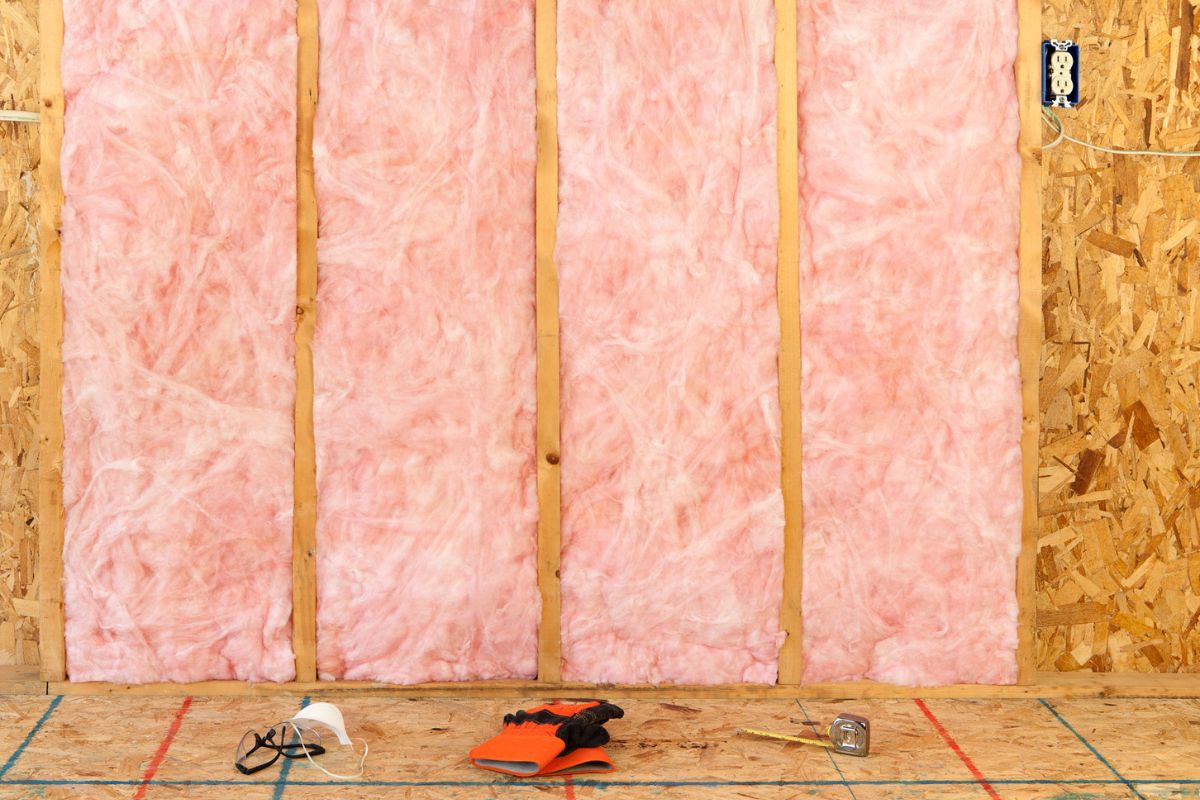
Fiberglass insulation is a popular option due to its effectiveness and affordability. Furthermore, it is also very flexible, energy-efficient, and has natural sound-reducing properties.
No matter how sturdy your fiberglass insulation is, nothing in this world will last forever. So, if your insulation is over 15 years old, it's subject to assessment for potential issue confirmation.
What Are The Factors Affecting The Lifespan Of Your Insulation?
No insulation is free from damage or resistant to harm, regardless of the insulation you have in your home.
It always depends on how proactive you are at performing checkups on your insulation systems.
Your insulation system requires a yearly general inspection to ensure efficiency and effectiveness.
The following factors we've tallied below can dramatically shorten the life of your insulation systems:
- Any leaks in your roof can pose a threat to reducing the insulation's lifespan.
- Mold buildup in your insulation system can seriously affect its life expectancy.
- The insulation has holes due to an extreme storm or an animal intrusion.
- If the insulation becomes dusty or dirty, this will significantly affect the insulation system's life cycle.
- A major weather catastrophe or fire has affected your home.
- An overly old home using substandard insulation materials.
- Improper installation.
What Are the Common Signs That Your Home Insulation Needs Maintenance?
Taking lightly, your home's insulation might have expensive negative results or effects.
Refer to our checklist below for a better understanding of the signs that it's time for insulation maintenance:
Water Leaking
Poor insulation allows water to enter quickly into the poorly insulated areas in your house. This will usually happen in frigid temperatures.
Indeed, any type of water damage is something no homeowner ever wants to deal with.
If you have noticed water leaks, pay close attention to your attic. Uninsulated attics are a favorite entry point for water.
If you don't fix these water leaks immediately, you could eventually face more significant issues like mold.
Uneven Temperature
Defective insulation cannot hold adequate and pleasant temperatures across your house. It means your insulation isn't equally serving the proper thermal demand in each room.
Insect and animal infestation
A critter infestation is something that every homeowner hates. Animals like to enter homes through whatever cracks and openings they can discover, including rodents and insects.
If you spot or observe these pesky little creatures in your ceilings or attic. All you can do now is conduct immediate maintenance to prevent this issue for good.
Sudden Spike In Your Power Bills
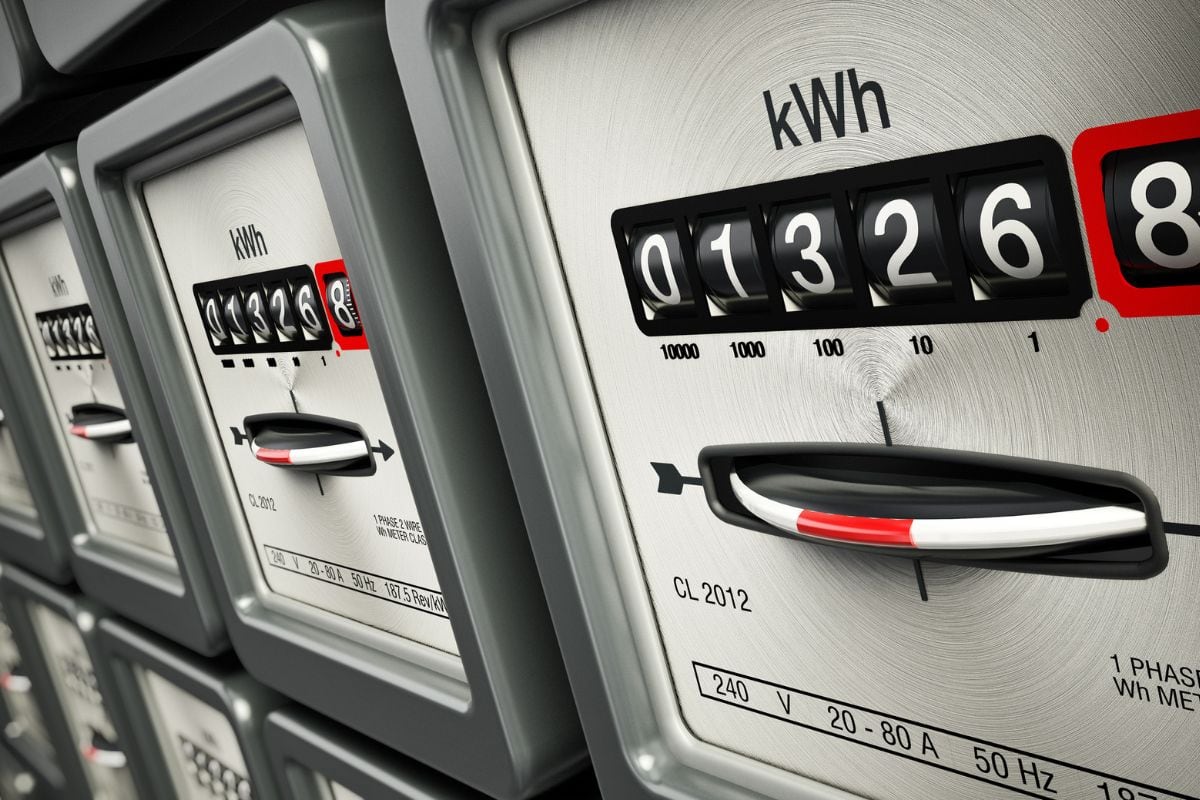
Along with having a drafty, cold house, you'll also notice a rise in energy costs as your heating and cooling systems work harder to compensate for the air that escapes through your poorly insulated walls.
This will eventually lead to your energy bills spiking even higher. According to a report in the City of Tallahassee, air leaks in your ceilings and attics are the top 10 major causes of your power cost surges.
To Wrap Things Up
Knowing the weight of roll insulation helps you calculate the exact amount of rolls you'll need in your construction.
Additionally, this will also let you have initial knowledge of how much expenses you'll likely face.
Throughout this post, we learned so much vital information to regulate effective insulation systems.
We hope that sharing with you all of this knowledge will help you construct and maintain your insulation system well.
Before you go, take a moment to read our other helpful posts below!

